What is a cable reel and where it's used
A cable reel is a spool-shaped device used to store, transport, and deploy electrical, fiber-optic, or mechanical cable. Common in construction, events, film sets, utilities, and industrial plants, cable reels reduce tangling, protect conductors, and simplify handling of long cable runs. Understanding the types and major applications helps you pick the right reel for a job instead of guessing from dimensions alone.
Types of cable reels and selection criteria
There are several standard cable reel types: fixed wooden or plastic spools for shipping, portable spring-driven reels for temporary power, motorized reels for long runs, and collapsible or folding reels for storage. Select a reel based on these practical criteria:
- Cable type and diameter: conductor/insulation thickness determines drum diameter and flange spacing.
- Capacity (length): how many meters or feet you need to store — choose a reel with at least 10% extra room to avoid tight bends.
- Load rating: for heavy armored cables, the reel and axle must support the weight safely.
- Portability: hand-crank or spring-retract reels for frequent movement; motorized reels where speed and repeatability matter.
- Environment: outdoor, wet, corrosive, or food-grade settings require appropriate materials and coatings.
Sizing guide: matching cable dimensions to reel specs
Sizing a reel correctly prevents damage during deployment. The two key dimensions are drum diameter and flange width. Drum diameter controls the minimum bend radius; flange width determines how neatly the turns stack.
Calculate the minimum drum diameter
Manufacturers typically specify a minimum bend radius as a multiple of cable diameter. For example, if a cable requires a minimum bend radius of 10× cable diameter and your cable outside diameter is 12 mm, the reel drum surface must allow that radius — roughly a drum diameter greater than 240 mm. Always follow cable maker recommendations and pick the next larger standard drum if between sizes.
Choose flange width and spool length
Flange width should exceed the natural stacked width of all turns plus 10–15% for safe stacking. If your cable coils to a stack of 200 mm wide, choose a flange spacing of ~230–240 mm. This prevents edge crush and keeps layers aligned during retraction.
Materials and construction considerations
Reels are commonly made from wood, steel, aluminum, or high-density plastics. Each has trade-offs:
- Wood: inexpensive and robust for shipping; susceptible to moisture and splintering in rough handling.
- Steel: durable with high load ratings; heavier and may need corrosion protection for outdoor use.
- Aluminum: lighter than steel and corrosion-resistant; higher cost.
- Plastic/composite: lightweight, rust-proof, and good for portable reels; check UV and chemical resistance.
Operation: winding, deployment, and best practices
Proper winding and deployment extend cable life and save time on the job. Follow these practical steps:
- Pre-wind inspection: check cable for nicks, confirm jacket integrity, and ensure ends are secured.
- Controlled tension: wind with consistent, moderate tension; over-tension can deform conductor insulation.
- Layering: for long lengths consider cross-lay layering or flanged separators to avoid overlapping stress points.
- Anchor ends: secure cable ends to the reel's anchor points to prevent unspooling during transport.
Safety checks and routine maintenance
Routine checks greatly reduce failure risks. Implement the following safety and maintenance tasks as part of a site checklist:
- Visual inspection for cracked flanges, loose bolts, or rust.
- Spin the reel to check for wobble — bearing problems cause uneven winding.
- Lubricate bearings and inspect brake or tension mechanisms monthly in heavy-use operations.
- Replace worn anchor points and reseal wooden reels used outdoors to prevent moisture ingress.
Quick comparison table: common reel types
| Reel Type | Best For | Pros | Cons |
|---|---|---|---|
| Wooden spool | Shipping & long-term storage | Low cost, large capacity | Heavy, moisture-sensitive |
| Portable spring reel | Temporary power, hand tools | Quick retract, compact | Limited capacity, spring wear |
| Motorized reel | Frequent long deployments | Fast, consistent tension | Higher cost, power required |
| Collapsible reel | Transport/storage-focused jobs | Saves space, lightweight | Lower load capacity |
Purchase checklist: what to confirm before buying
Before purchasing a cable reel, confirm these essential items to avoid costly returns:
- Exact cable diameter and total length to be stored.
- Minimum bend radius and whether the reel meets it.
- Load rating and axle bearing specification for weight handling.
- Environmental protection (IP rating, UV resistance, coating).
- Spare parts availability: bearings, springs, flanges, and drums.
- Warranty and compliance with local safety standards (CE, UL where relevant).
Simple DIY maintenance schedule (monthly)
Follow this basic monthly routine for frequently used reels:
- Clean off dust and mud, inspect for nicks or sharp edges.
- Check bearings — listen for grinding; replace if noisy.
- Tighten bolts and test brakes/tensioners.
- Store indoors or cover to reduce UV and moisture exposure.
Closing practical tips
Choosing the right cable reel is a combination of matching cable geometry, environment, and operational needs. Always prioritize a reel that respects the cable's minimum bend radius and provides sufficient capacity with modest extra room. For heavy or repeated deployments, invest in better bearings and corrosion-resistant materials — the up-front cost is usually recouped in reduced cable damage and downtime. Use the purchase checklist and maintenance schedule above to keep reels and cables working reliably on every job.
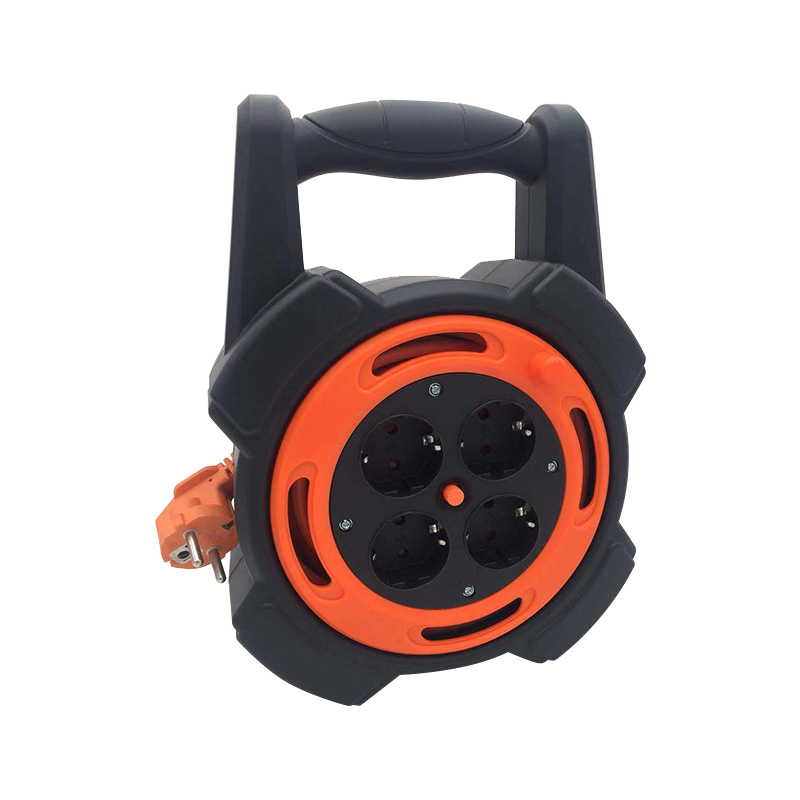

 ENG
ENG
 English
English русский
русский 한국어
한국어 Deutsch
Deutsch



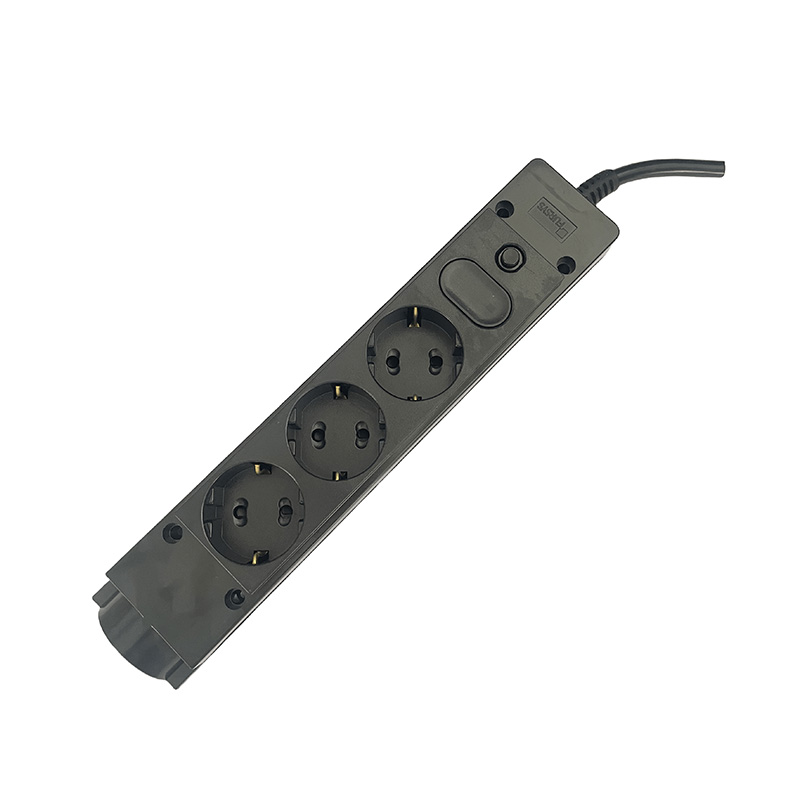
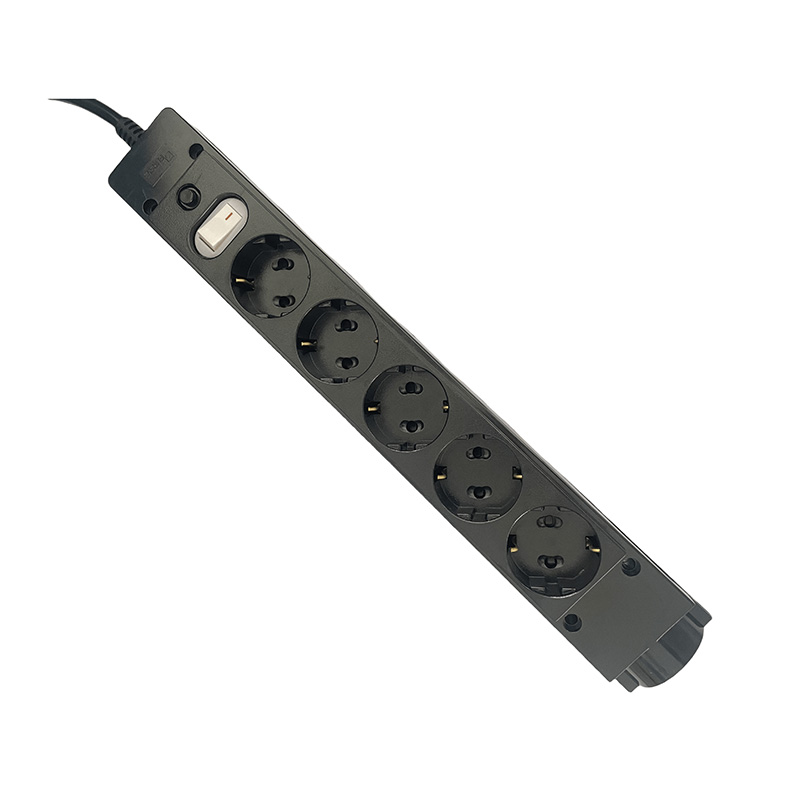
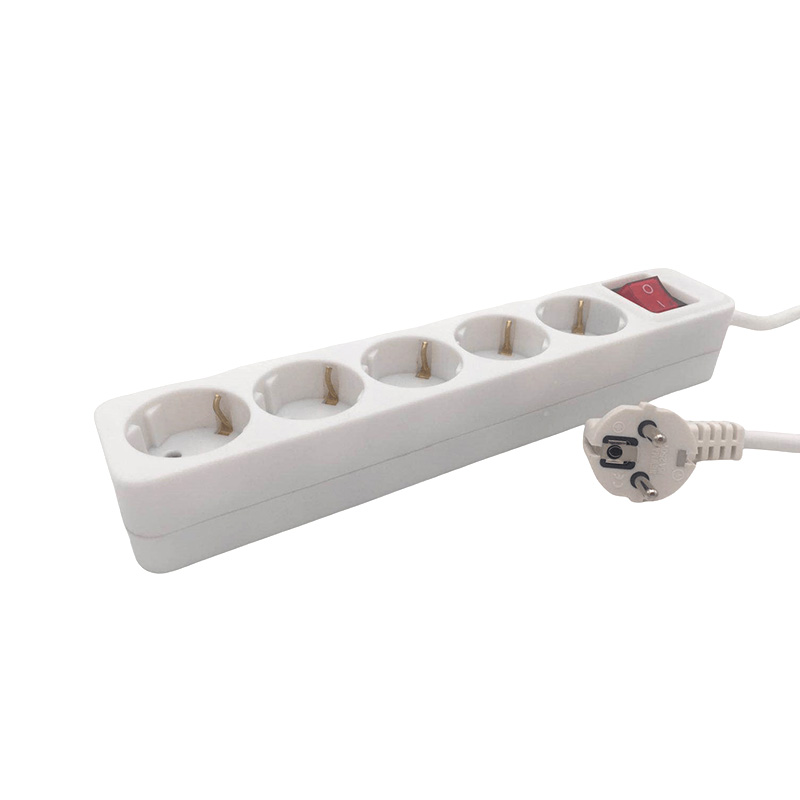
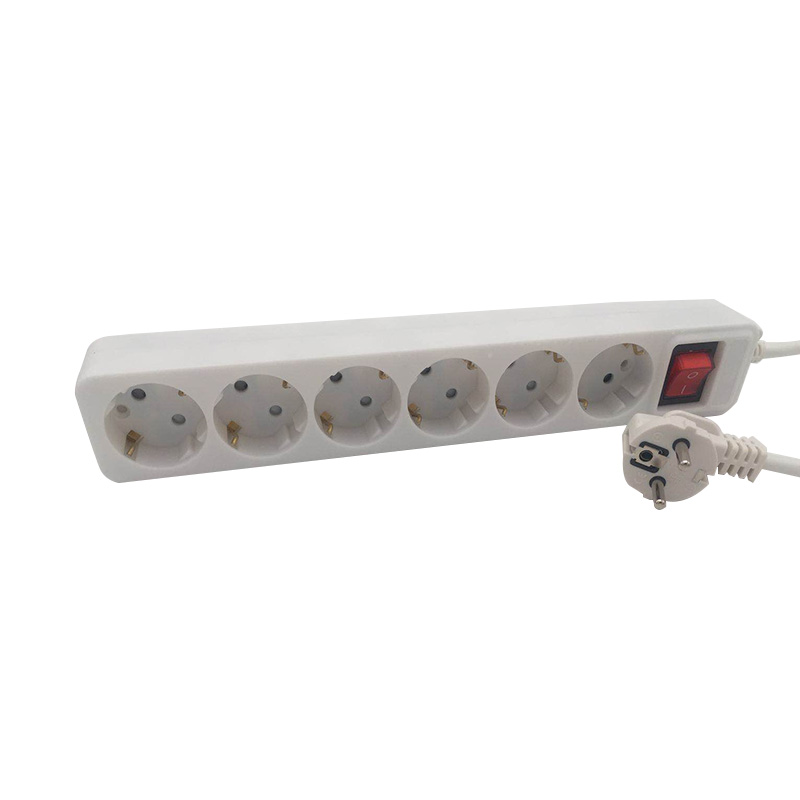
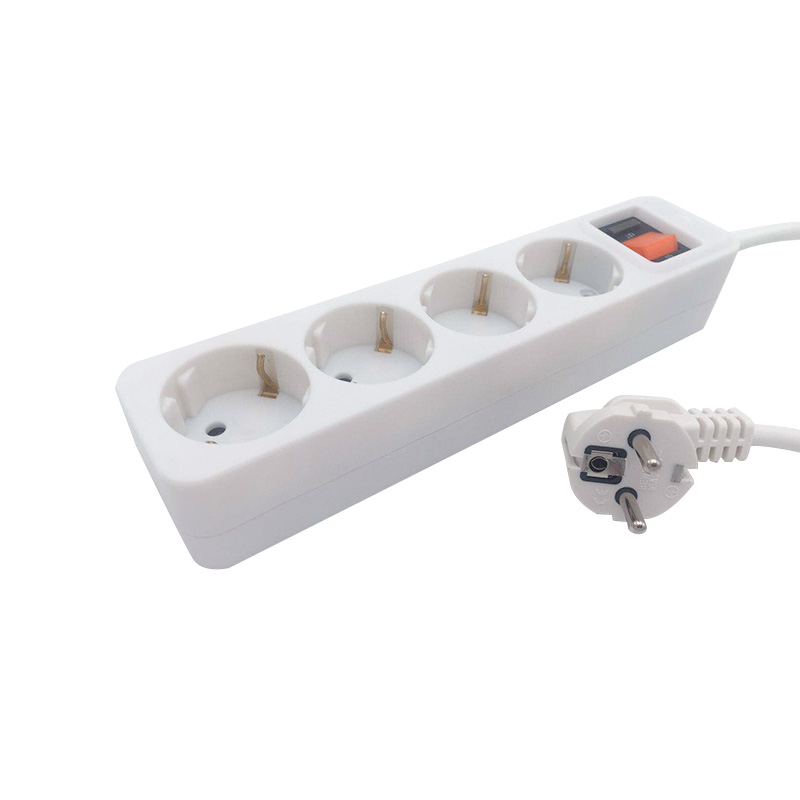
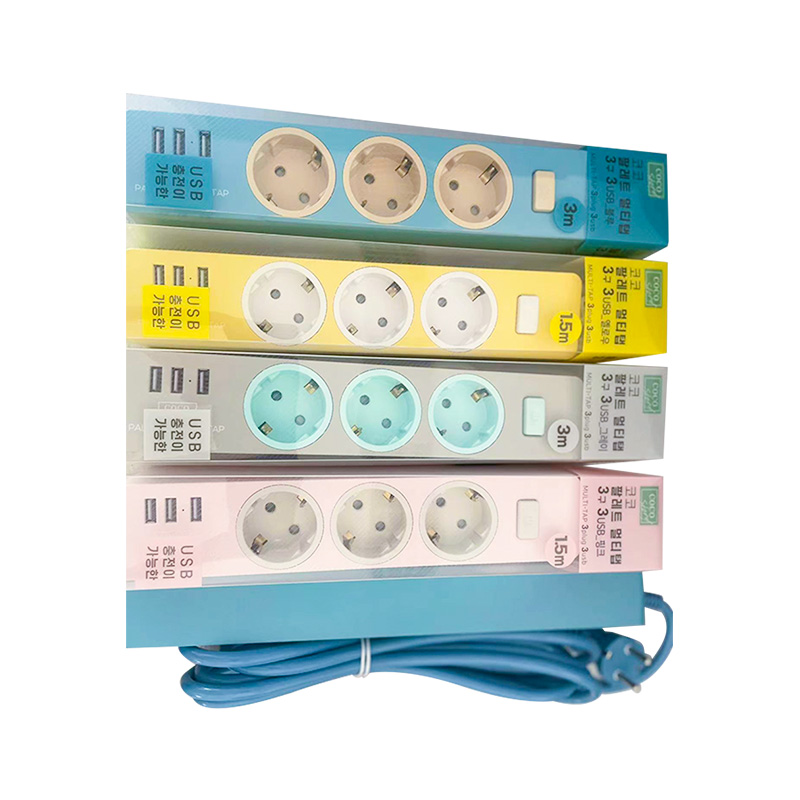
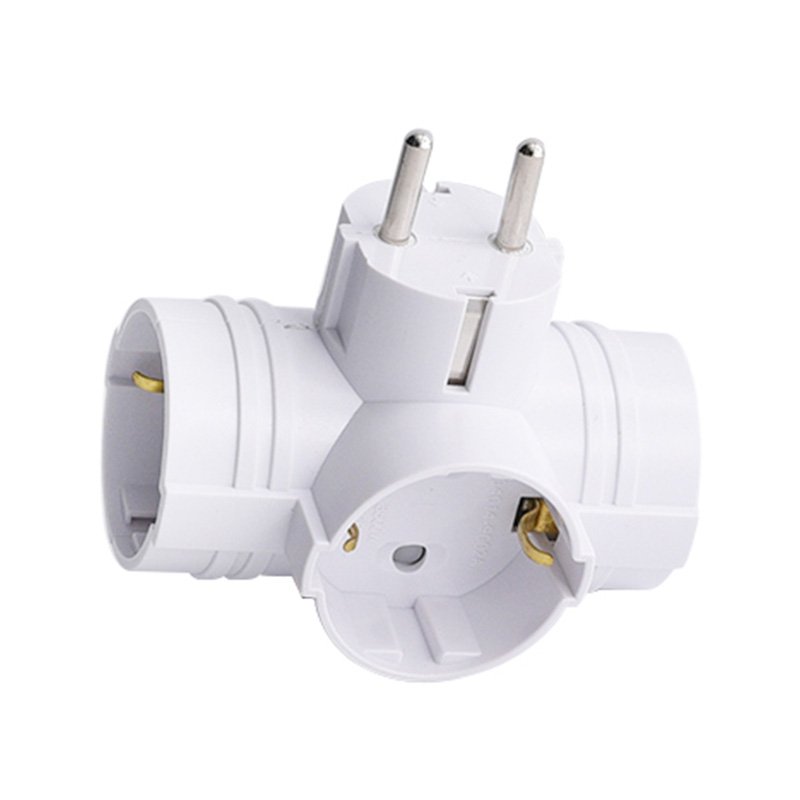


 TOP
TOP